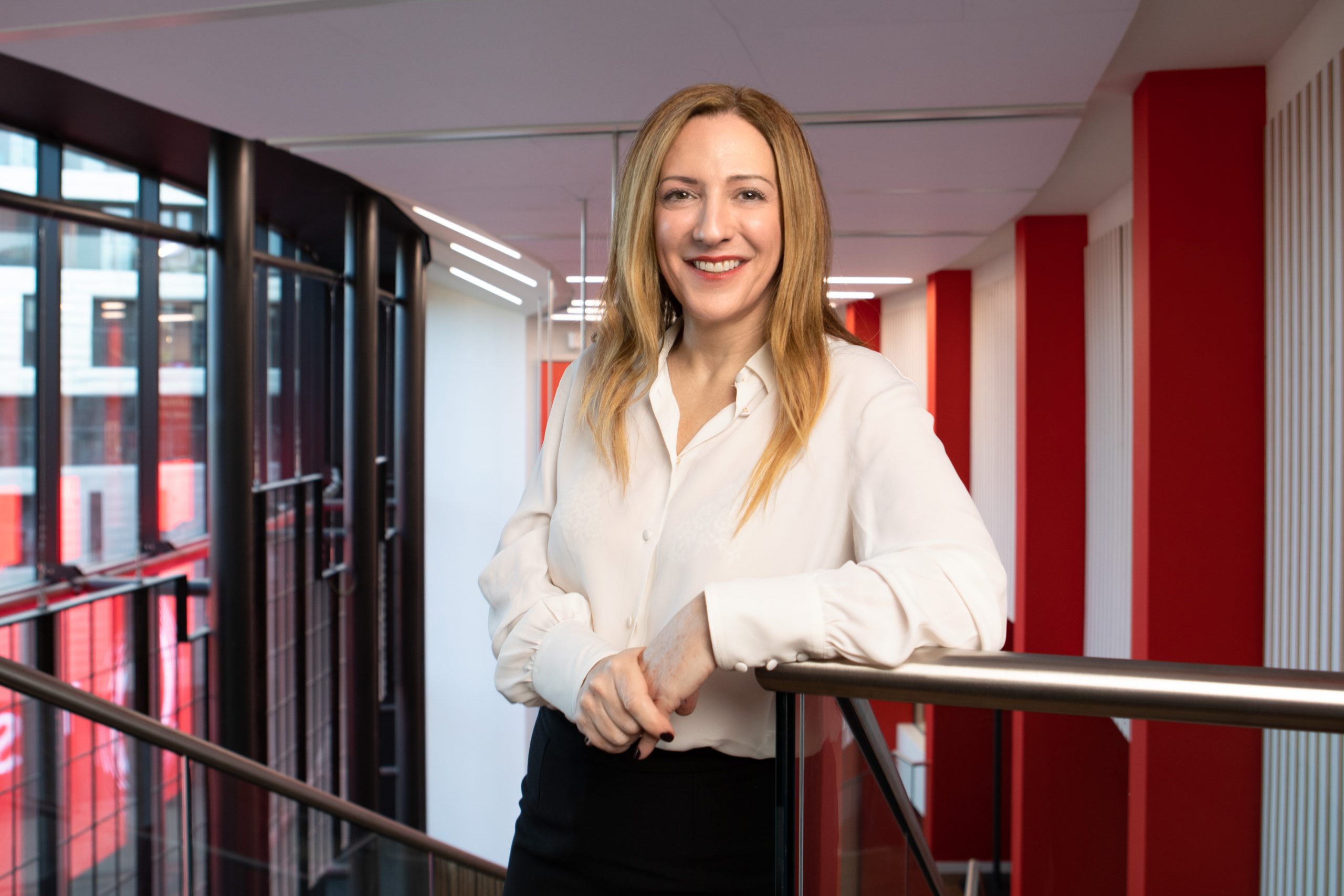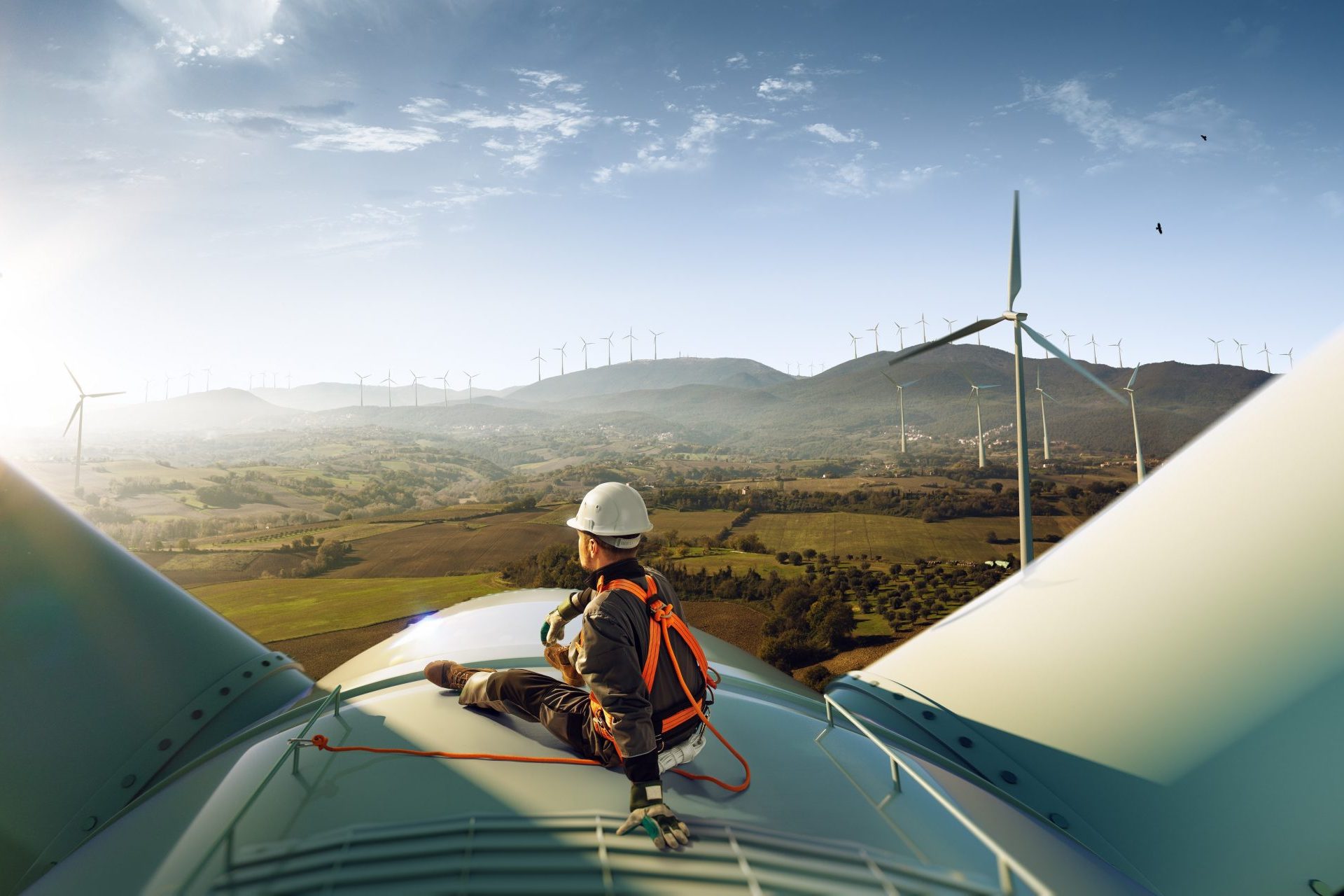Professor Ralf Toumi of Imperial College, London, explains how "citizen scientists" could help research into tropical cyclones using the collective supercomputing power of their smartphones, through Vodafone Foundation's DreamLab app.
Tropical cyclones have had a huge impact on human life. These whirling giants of wind and rain, generated by the earth’s rotational pull, have killed hundreds of thousands of people just over the last few decades. The devastation they’ve wrought across the planet has cost many billions to repair.
And climate change is likely to make them even more destructive as the oceans warm.
But despite their deadly nature, relatively little is known about them, says Ralf Toumi, Professor of Atmospheric Physics and co-director of the Grantham Institute at Imperial College, London.
“They are fascinating to study but there are big data gaps in our numerical models that we need to fill,” he tells Vodafone UK News.
He is hoping that smartphone owners who’ve downloaded Vodafone Foundation’s DreamLab app will pool the computing power of their devices to create a collective supercomputer capable of helping scientists simulate the behaviour of cyclones and so estimate the risk of them making landfall.
“While only six cyclones an average make landfall each year we are still unsure what makes them behave this way,” says Prof Toumi. “So we want to build a publicly accessible simulated cyclone database to help us estimate the risk that they pose.”
Tropical cyclone facts
- Cyclones are called typhoons in the Pacific region and hurricanes in the US.
- The centre, or eye, of a cyclone can be bigger than London.
- Hurricane Katrina (2005) was the most expensive to date, causing $108bn of damage across Louisiana and Mississippi.
- The deadliest cyclone in Bangladesh (1970) resulted in 300,000 deaths.
- Wind speeds can exceed 215mph.
- Most cyclones occur in the West Pacific region.
‘Greater damage’
The scientific study of cyclones is still relatively new, with satellite imagery playing an important role along with ground-based sensors and computer modelling, says Prof Toumi. Weather events take huge amounts of computing power to model because there are so many variables involved, but supercomputers are expensive to hire and there are often long waiting lists to access them.
So having a free DreamLab collective ‘supercomputer’ at their disposal “will definitely make a meaningful difference to our research”, says Prof Toumi. “And the more people who take part in the project, the more cyclones we will be able to model.”
Tropical cyclones are likely to become stronger because of global warming, he warns. They can already be huge in size – the centre, or eye, of the storm can be as big as London – with wind speeds exceeding 200mph at times.
While there’s no indication yet that they might become more numerous, melting ice caps causing rising sea levels could result in greater damage to habitats as higher storm surges exacerbate flooding, he says.
Prof Toumi points out that the three-year DreamLab project is not about weather forecasting, but about risk assessment to help civic authorities prepare for such natural disasters.
“The better we can predict the risk, the better the authorities can invest in disaster preparedness,” concludes Prof Toumi.
- You can take part in DreamLab research projects by downloading the Vodafone Foundation DreamLab app from the App Store or Google Play. The tropical cyclone project is live now for Android users, coming soon for iOS.
Stay up-to-date with the latest news from Vodafone by following us on Twitter and signing up for News Centre website notifications.
More information
Modelling tropical cyclones | Grantham Institute, Imperial College London
![Nicki-Lead_image[OPTIMISED]](https://www.vodafone.co.uk/newscentre/app/uploads/2023/10/Nicki-Lead_imageOPTIMISED.jpg)
![White smartphone with screen from green leaves[Adobe Stock]](https://www.vodafone.co.uk/newscentre/app/uploads/2024/04/White-smartphone-with-screen-from-green-leavesAdobe-Stock.jpg)

![Falling Dripping Water Drop[Adobe Stock] Falling Dripping Water Drop[Adobe Stock]](https://www.vodafone.co.uk/newscentre/app/uploads/2024/04/Falling-Dripping-Water-DropAdobe-Stock.jpg)
![1-happy woman with cleaning agent and phone[Adobe Stock] stock image of a woman using a smartphone while wearing rubber kitchen gloves and holding a spray bottle](https://www.vodafone.co.uk/newscentre/app/uploads/2024/04/1-happy-woman-with-cleaning-agent-and-phoneAdobe-Stock.jpg)

![Young Woman Cooking in the kitchen edited [Adobe Stock] stock image of a woman preparing vegetables in a kitchen](https://www.vodafone.co.uk/newscentre/app/uploads/2023/12/Young-Woman-Cooking-in-the-kitchen-edited-Adobe-Stock.jpg)
![Smart farm, agriculture concept, farmer use data augmented mixed virtual reality integrate artificial intelligence[Adobe Stock]](https://www.vodafone.co.uk/newscentre/app/uploads/2023/12/Smart-farm-agriculture-concept-farmer-use-data-augmented-mixed-virtual-reality-integrate-artificial-intelligenceAdobe-Stock.jpg)
